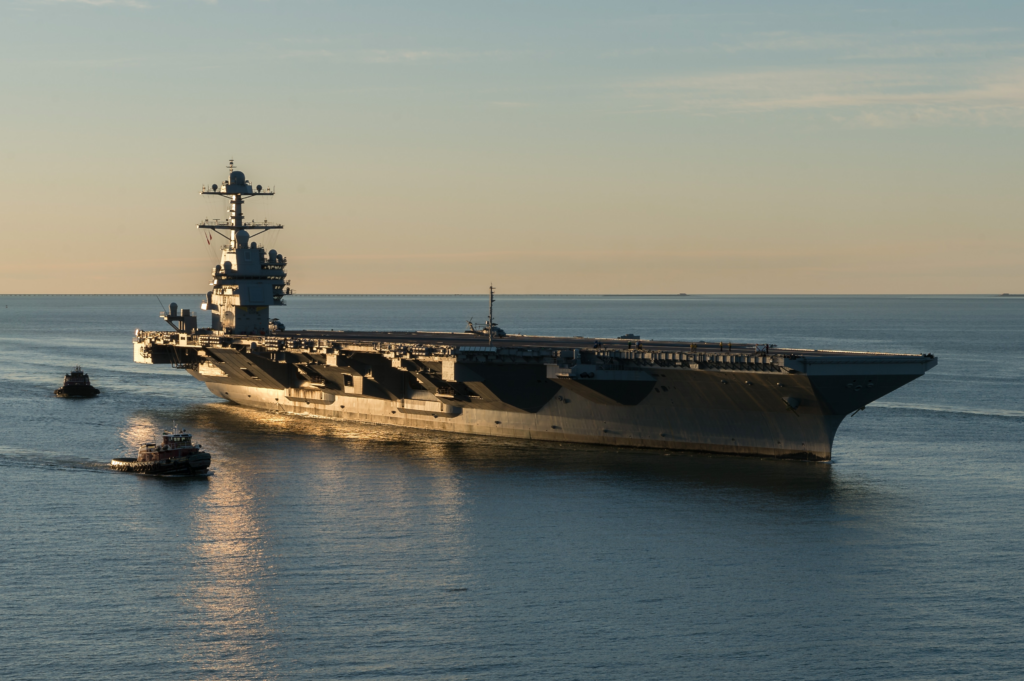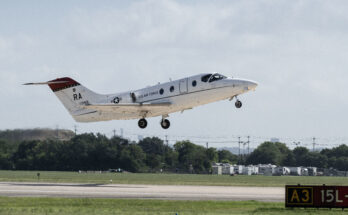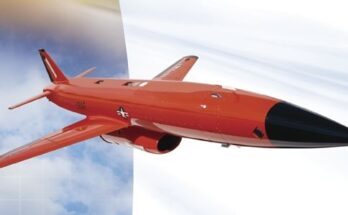
The U.S. Navy’s Ship Self-Defense System (SSDS) program will see steady annual funding through the decade of around $150 million to help carry out the vital mission of countering current and projected anti-ship cruise missile (ASCM) threats. The SSDS is the core combat system control element – integrating sensors and electronic countermeasures – for the Quick Reaction Combat Capability project, which improves the self-defense capabilities of aircraft carriers and amphibious assault ships.
The world was reminded of the effectiveness of ASCMs in July 2022, after the sinking of the Russian guided missile cruiser Moskva by Neptune anti-ship missiles launched by Ukraine.
Further highlighting the urgency of SSDS work, Lockheed Martin, in the first week of the new year, was awarded a $61.7 million contract for engineering support. Work for this new order is expected to be completed by December 2024.
R&D activities run the full gamut of technology advancement and incorporation efforts. Through FY23, a significant part of this work focused on the Common Aviation Command and Control System Afloat (CAC2S Afloat), information-sharing program integration, and the Non-Lethal weapons project in support of anti-terrorism/force protection missions. A major part of $119.4 million budgeted for SSDS, in FY23 was allocated for CAC2 Afloat and related activities.
Based on an estimated projection of the program’s FY24 defense budget line, approximately $1.5 billion in RDT&E funding will likely be allocated for the SSDS program over the next ten years.
Andrew Dardine is lead analyst for Forecast International's Defense Electronic Systems group. He is the primary author of Forecast International's Electronic Warfare Forecast and co-author of Electro-Optical Systems Forecast and C4I Forecast. Andrew is also a regular contributor to FI's Defense & Security Monitor blog, offering insights into developing technologies such as directed-energy and next-generation jamming systems. His analysis of such vital market areas as EO/IR systems and electronic countermeasures technology has been cited in Defense News, Aerospace Daily, and Bloomberg Businessweek, among other news media. He has also written about the electronic defense market for Aviation Week and the Journal of Electronic Defense.




